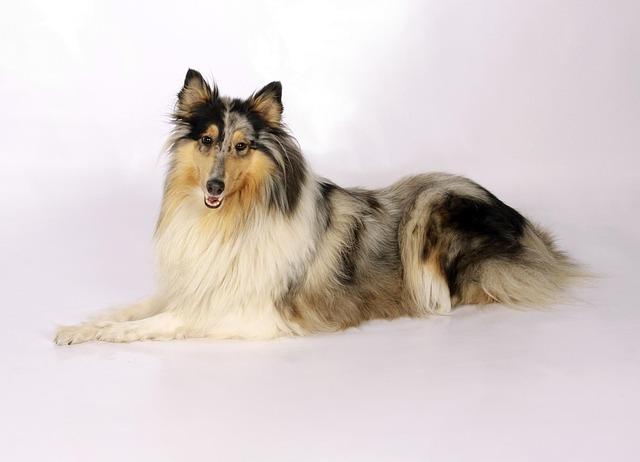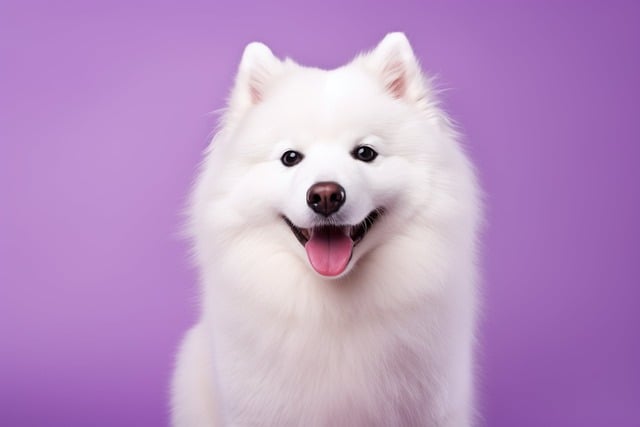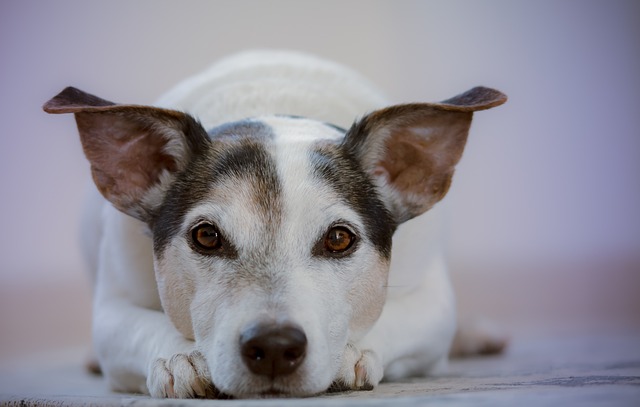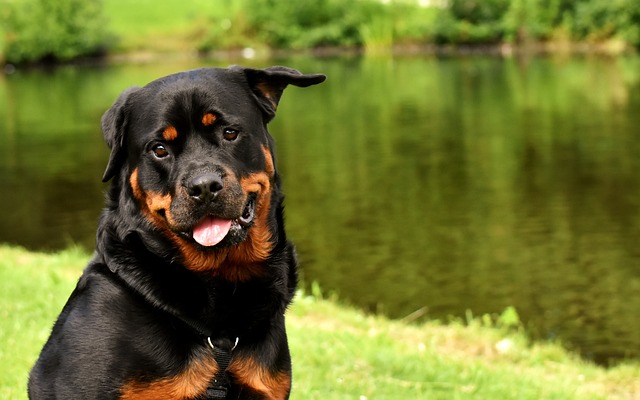
what will seizures do to a dog
Watching your dog experience a seizure is a heart - wrenching sight for any pet owner in the U.S. As a new dog parent, you may be left wondering: What will seizures do to a dog?
Watching a dog suddenly coughing dryly, as if something is stuck in its throat and making it uncomfortable, or hearing an abnormal snoring sound when it breathes, the owner's heart immediately tightens. Dogs can't speak, and they can only convey the discomfort in their throats to us through uneasy eyes and an uncomfortable posture. Whether it's due to accidental ingestion of foreign objects, respiratory tract infections, or blockage by daily accumulated secretions, clearing a dog's throat has become an important task to ensure their health. This requires not only scientific and professional methods but also the owner's deep love and concern for their furry friend.
To clear a dog's throat, the first step is to learn to determine whether there is a problem with the dog's throat and the severity of the problem. When a dog coughs frequently, retches, sometimes stretches its neck and makes difficult swallowing movements, and even breathes rapidly and makes wheezing sounds, these may all be signs of a problem in the throat. Sometimes, when a dog accidentally swallows a small toy, a bone fragment while playing, or inhales foreign objects such as hair and dust and gets them stuck in the throat, it will immediately trigger a violent coughing reaction. Long-term respiratory tract infections, such as colds and kennel cough, can cause a large amount of secretions in the throat, making the dog's breathing difficult. The owner needs to carefully observe the dog's symptoms. If any abnormalities are found, a preliminary inspection should be carried out immediately. Gently touch the dog's throat area to feel if there are any hard lumps or swelling, and at the same time, pay attention to the dog's reaction. If the dog shows resistance or pain, it indicates that the situation may be serious and medical attention should be sought as soon as possible.
 For throat blockage caused by foreign objects, the owner can try some emergency treatment methods when safety is ensured. If the foreign object is clearly visible and stuck in a relatively shallow position in the dog's throat, tweezers can be used to carefully remove the foreign object, but the movement must be gentle and rapid to avoid irritating the dog's throat or making the foreign object go deeper. If the foreign object is in a deeper position, never blindly reach in or use tools to dig it out, as this may damage the dog's throat. In this case, the Heimlich maneuver can be used. For smaller dogs, the owner can hold the dog's chest and abdomen with one hand, making its head face down and its feet face up, and use the other hand to rhythmically pat the dog's back, using gravity and impact force to help the foreign object be expelled. For larger dogs, stand behind the dog, encircle the dog's abdomen with both hands, make a fist with one hand and place the thumb against the area two finger-widths above the dog's navel, and use the other hand to grasp the fist-making hand, quickly squeezing the dog's abdomen inward and upward. Repeat this action until the foreign object is spat out. During the first aid process, the owner is often nervous and anxious, and every operation is carried out carefully, just hoping that the dog can get out of danger as soon as possible.
For throat blockage caused by foreign objects, the owner can try some emergency treatment methods when safety is ensured. If the foreign object is clearly visible and stuck in a relatively shallow position in the dog's throat, tweezers can be used to carefully remove the foreign object, but the movement must be gentle and rapid to avoid irritating the dog's throat or making the foreign object go deeper. If the foreign object is in a deeper position, never blindly reach in or use tools to dig it out, as this may damage the dog's throat. In this case, the Heimlich maneuver can be used. For smaller dogs, the owner can hold the dog's chest and abdomen with one hand, making its head face down and its feet face up, and use the other hand to rhythmically pat the dog's back, using gravity and impact force to help the foreign object be expelled. For larger dogs, stand behind the dog, encircle the dog's abdomen with both hands, make a fist with one hand and place the thumb against the area two finger-widths above the dog's navel, and use the other hand to grasp the fist-making hand, quickly squeezing the dog's abdomen inward and upward. Repeat this action until the foreign object is spat out. During the first aid process, the owner is often nervous and anxious, and every operation is carried out carefully, just hoping that the dog can get out of danger as soon as possible.
When the dog's throat discomfort is caused by excessive secretions, helping the dog dilute and expel the secretions is the key to clearing. The dog's water intake can be increased, and the dog can be encouraged to drink more water. Warm water can not only moisten the throat but also dilute the phlegm, making it easier to expel. The owner can place the water bowl in the area where the dog often moves around and guide the dog to drink water with their hand from time to time. For dogs that don't like to drink water, some foods with high water content can also be tried, such as fresh vegetables and fruits (pay attention to choosing types that are safe for dogs), or soaking the dog food soft before feeding. In addition, steam therapy can also effectively relieve the discomfort in the dog's throat. The owner can fill a relatively enclosed space, such as a bathroom, with hot water and let the dog stay in the steamy environment for 10 to 15 minutes. The warm and moist steam can soothe the throat, dilute the secretions, and help the dog cough up the phlegm more easily. During this process, the owner can stay with the dog, gently stroke it, and give comfort, allowing the dog to relieve the throat discomfort in a safe atmosphere.
In addition to dealing with emergency situations, daily care is also important for maintaining the health of the dog's throat. Regularly clean the dog's mouth. Brushing teeth can not only prevent oral diseases but also reduce the growth of bacteria and avoid throat inflammation caused by bacterial infections. Choose a pet-specific toothbrush and toothpaste, and according to the correct method, start brushing from the outer side of the teeth, gently making circular motions, and gradually transitioning to the inner side and the occlusal surface. At the same time, pay attention to the dog's dietary health. Avoid feeding the dog overly dry and sharp foods to prevent scratching the throat. For example, when giving bones to the dog, choose large bones that have been cooked, and avoid feeding easily broken bones such as chicken bones and fish bones. In addition, keep the dog's living environment clean and hygienic. Regularly clean the room and change the bedding to reduce allergens such as dust and hair, lower the risk of the dog's respiratory tract infections, and reduce the occurrence of throat problems from the root.
Clearing a dog's throat is a "silent battle" for the owner to protect the dog's health. Every observation and every operation are filled with deep love for the dog. When seeing the dog free from the pain of throat discomfort, regain its vitality, and wag its tail happily, a sense of relief and great achievement will well up in the owner's heart. This protection of the dog's health also makes the emotional bond between the owner and the dog stronger, jointly writing a warm and beautiful time of companionship.

Watching your dog experience a seizure is a heart - wrenching sight for any pet owner in the U.S. As a new dog parent, you may be left wondering: What will seizures do to a dog?

Picture your Beagle, Charlie, suddenly collapsing in your New York apartment kitchen. His legs paddle wildly, jaw chomping at the air, eyes glazed—terrifying, helpless, and utterly disorienting.

Discovering your dog injured is a heart - stopping moment. Panic might set in, but your calm actions in these crucial moments can make all the difference, both for your pet’s well - being and in complying with animal welfare regulations.

You’ve just noticed your dog showing concerning symptoms like a swollen belly, restlessness, and unproductive vomiting. Panic sets in as you wonder: how long can dogs survive with GDV?

You’ve welcomed a new dog into your home, and as you watch them shy away from visitors or cower at the sight of a friendly face on a walk

For many dog owners, skipping nail trims might seem like a harmless oversight, but it can snowball into serious issues—both for your pet’s health and your legal responsibilities.